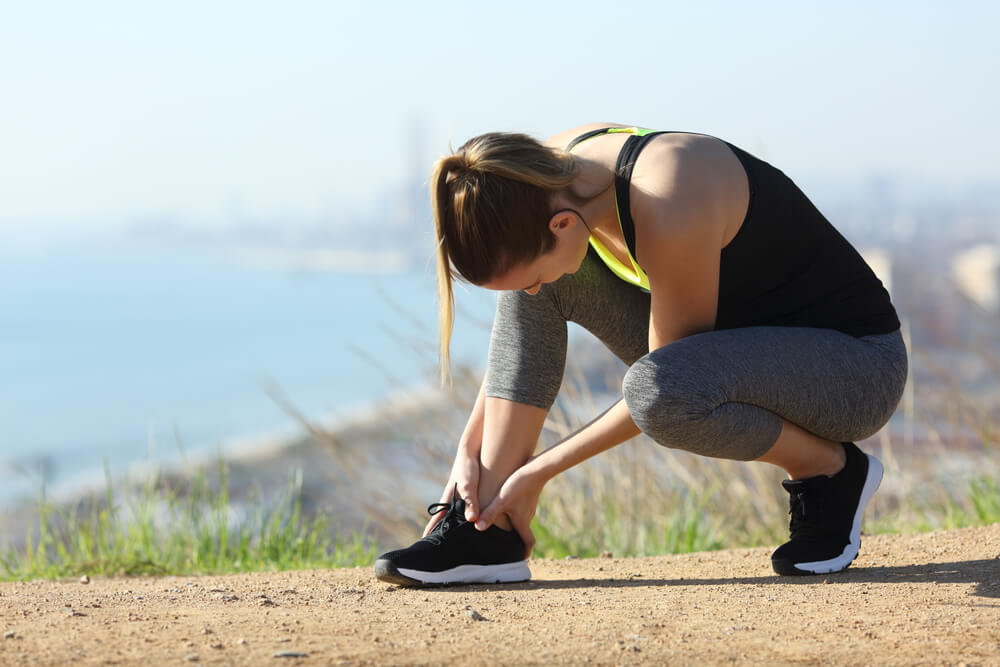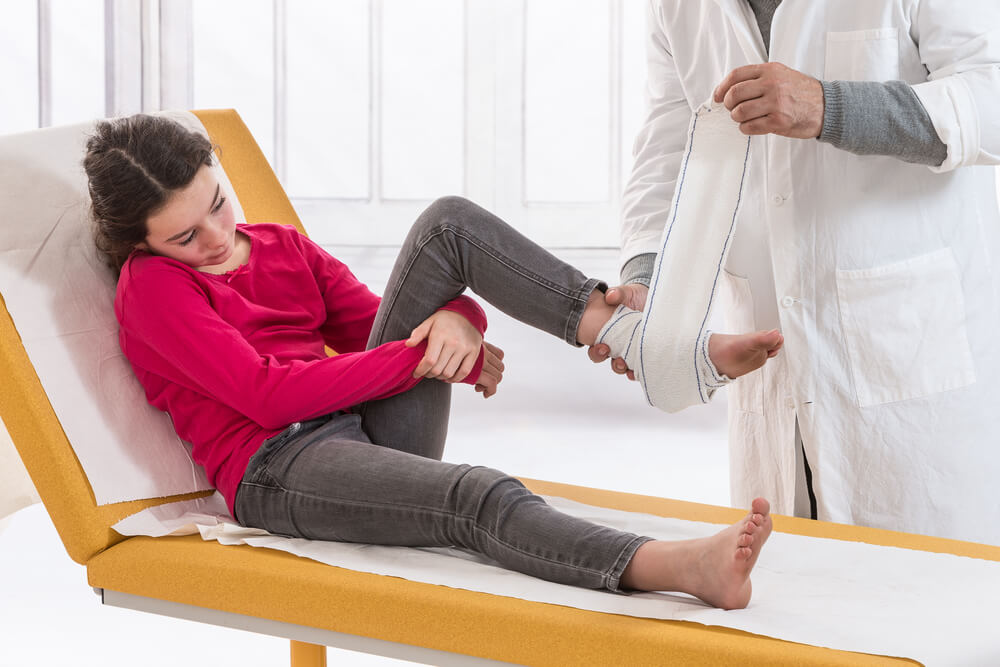It might seem like too simple an advice, but the truth is that the best way to deal with sports injuries is to prevent them from happening in the first place. Taking all the necessary precautions and using top-quality equipment is a must for sporty teens who want to take good care of their physical health. However, we all know that this ideal practice is sometimes impossible. In that respect, it’s crucial to know more about the common sports injuries for teenagers as well as how to deal with them properly.
Most Common Causes of Sports Injuries
There are many reasons why a teen could get injured while engaging in a certain sport. However, several situations tend to be more frequent than others in this case:
- The lack of training
- Improper playing technique
- Exaggerating with training
- Lack of safety equipment
- Poor footwear
- Rapid puberty growth
The above-mentioned could lead to two different types of sports injuries, namely acute traumatic injuries and overuse injuries.
Acute traumatic injuries involve more serious sports injuries such as fractures, cuts, sprains, and concussions. Getting hit or falling down badly often leads to these.
Overuse injuries are typically less serious and involve issues such as stress fractures and tendonitis. Since they can happen after repetitive action over a certain period of time, these injuries are also called chronic. Even though these injuries don’t show obvious damage at first, it’s still paramount to treat them as soon as possible. Otherwise, they can create much bigger problems.
What to Do in the Case of an Athletic Injury
The moment you realize you’ve been hurt, it’s paramount that you pull yourself out of the game. No teenager wants to appear weak but keep in mind that you’d be doing this for your long-term good. Not to mention that your team would benefit more from having your uninjured substitute in the game. Once you’re not engaged in any activity, immediately go to your trainer or parent. They’ll be able to decide whether your injury requires a doctor’s help or not.
Essentially, you really need a doctor if you experience the following:
- Really bad pain
- Swelling
- Pain gets worse when you move
- Limping
- Limited motion range
- Pain may be bearable but lasts for days

Most Commonly Injured Areas
An injury in sport doesn’t play by the rules. There’s no telling where a teen could get hurt because every area of the body is vulnerable. Still, when you know more about different areas of the body that could get injured, you’ll also be able to deal with it better.
Head and Neck Injuries
Head and neck injuries can obviously be very dangerous. These often occur in high-contact sports such as football or rugby, and activities that leave plenty of room for falling accidents, such as gymnastics or horseback riding.
Essentially, head injuries often involve issues such as bruises and hematomas, but other more serious conditions, too, such as fractures and concussions.
Neck injuries commonly involve sprains and strains, burners and whiplash, but also fractures. These are some of the most dangerous types of injuries in the world of sports.
If the teen you know injures their head or neck, make sure not to move them, even if they’re lying on the ground. They should be kept still and steady until the medical help arrives.
Back Injuries
Back injuries are often caused by sudden twists and turns during the game or sports activity. It’s also possible to overexert the back muscle when you lift something really heavy with a bad posture. These injuries are very frequent among the practitioners of contact sports such as ice hockey and football. However, teens engaging in gymnastics, dancing, ice skating, weightlifting, and even golf could suffer a back injury if they’re not careful.
Sex Organ Injuries
It’s won’t come as a surprise that teenage boys are the ones more prone to sex organ injuries when it comes to sports. After all, the penis and testicles are outside of the body and unprotected. This area is very delicate, which is why these types of injuries hurt a lot. Most girls won’t experience something like ovaries or uterus injury, but they could suffer breast injuries. Teenage girls are still in the process of growth, which is why their breasts can be really sore, and every blow or collision could cause pain in the area. Luckily, aside from the pain, these injuries don’t tend to be overly dangerous.
Hand and Wrist Injuries
Hand, wrist, and finger injuries are some of the most common sports injuries. Unfortunately, it’s rather easy to hurt your hand, finger, or wrist with a bad fall, a forceful blow, or even a poor catch of the ball. Every sports activity could potentially lead to hand and wrist injuries. This is why it’s necessary to be very careful.
Sprains and fractures should be treated quickly to minimize soreness. Even if it doesn’t seem like a big deal at first, teenagers should have their hand and wrist bones inspected after an injury. Sometimes, the pain tolerance could be high even with a fracture. Teenagers heal quicker, and it’s imperative to avoid the improper regrowth of the bone. Otherwise, they might need to have their bones refractured again.
Foot and Ankle Injuries
Another very common sports injury has everything to do with feet and ankles. Again, sprains and fractures can happen easily if the teens don’t focus on their game properly or wear poor shoes for the sports in question. Just like with hand and wrist injuries, every accident involving the feet and ankles should be inspected immediately.

The Matter of Recovery
Teens will be teens, and it’s only logical for them to feel restless about when they’ll be able to play again. Make sure to talk to them about the importance of patience, as proper recovery takes time. Depending on the type of injury, recovery might last longer or shorter. The key is to listen to the doctor and physical therapist and follow their advice to the tee. Remember, with the adequate rehab allowed by your therapist, you won’t have to sit still and do nothing for days. Actually, specific sets of workouts can speed up the recovery.
Once the teen is fully recovered, it’s crucial that they take the necessary steps to prevent the reinjury. That said, it would be best to use some type of protective gear, specifically for the part of the body that’s been injured. These could be support tapes, modified shoes, extra padding, and so on.
Of course, the most important aspect when reinjury prevention is concerned is to take things slowly. Don’t rush back into the game as if you were never hurt or made a break from training. You have to put some more effort into an effective warmup and avoid overly challenging activities for the time being.
Finally, make it a point to listen to your body. It will inform you of your limits the best. So, if you start feeling pain around the injured area again, be sure to stop what you’re doing and rest. And in case the pain doesn’t subside, go to the doctor as soon as possible. You can always seek advice and treatment from our professionals at Worldwide Pediatrics and Primary Care Group.



